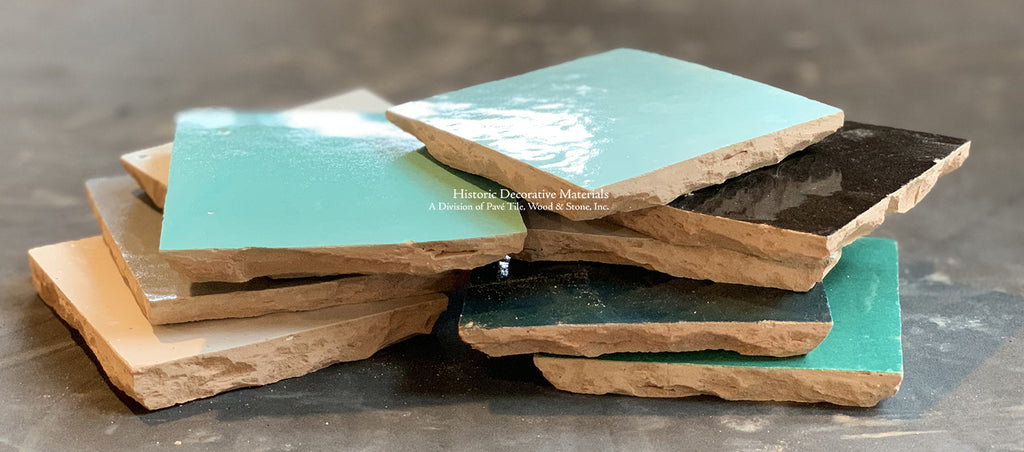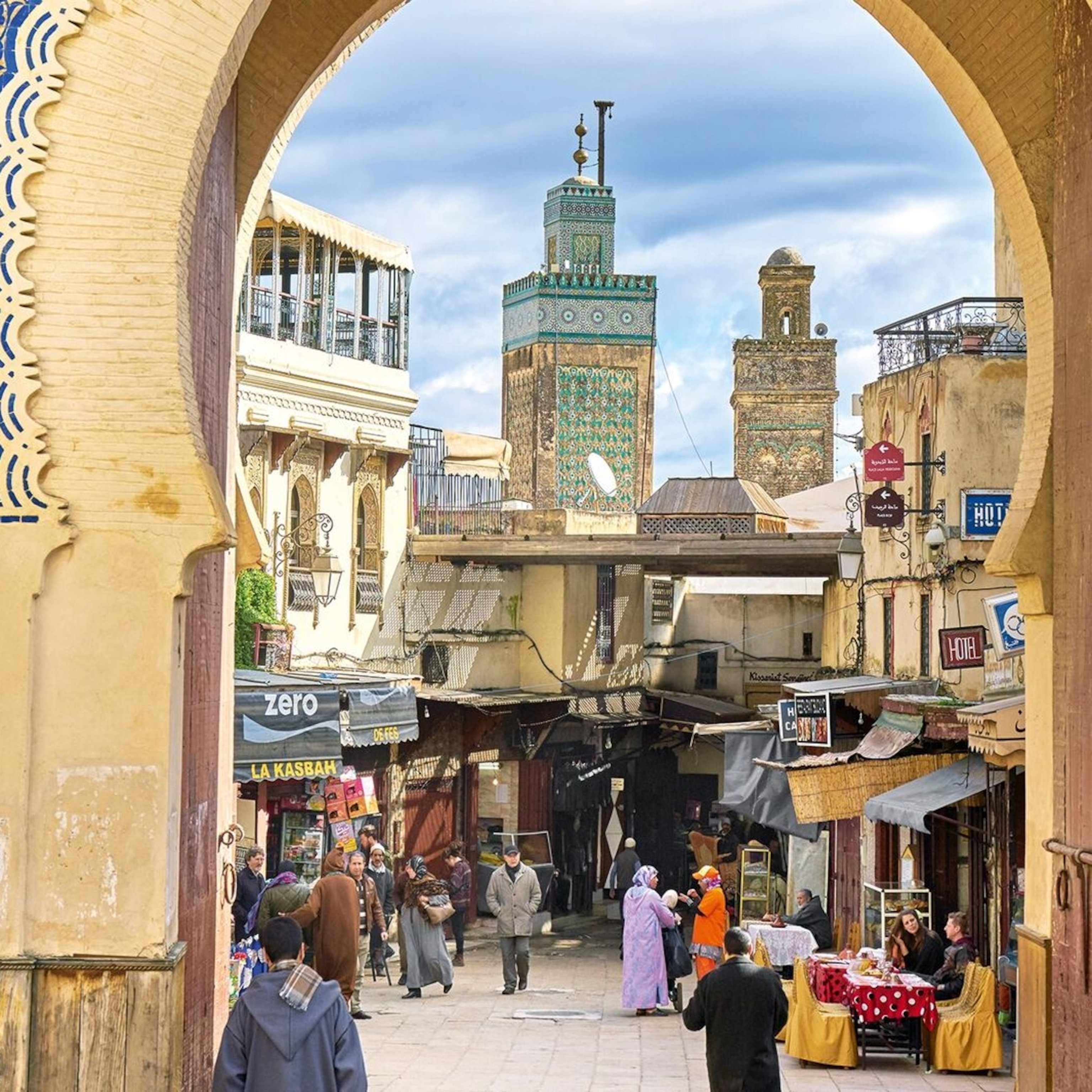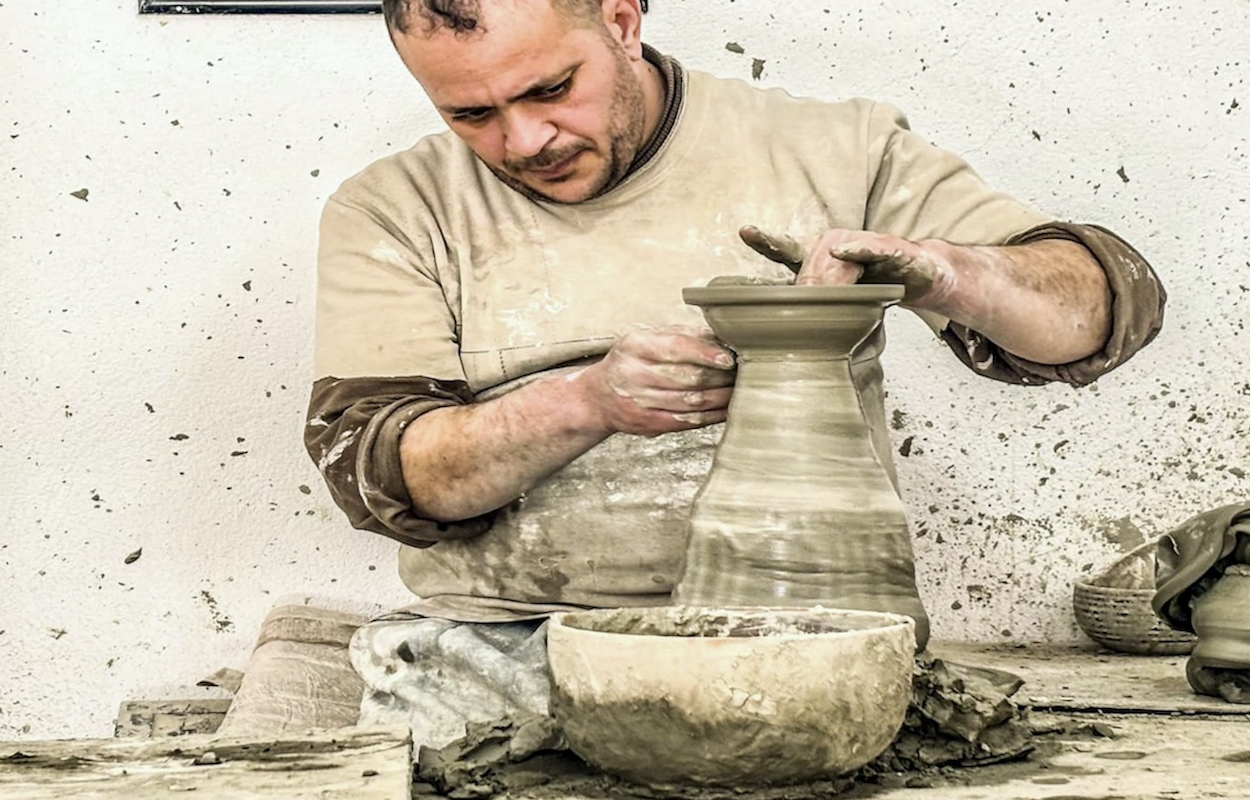- Published on
The Ancient Art of Moroccan Zellige Tile Making in Fez
- Authors

- Name
- Adil ABBADI
Introduction
Tucked away in the ancient medina of Fez, Morocco, lies a treasure trove of craftsmanship and tradition. For centuries, the city has been renowned for its exquisite Zellige tiles, a staple of Moroccan architecture and design. This ancient art form has been passed down through generations, with artisans in Fez continuing to perfect the craft. In this blog, we'll delve into the fascinating world of Moroccan Zellige tile making in Fez, exploring its history, techniques, and cultural significance.
- A Brief History of Zellige Tiles
- The Art of Zellige Tile Making
- Techniques and Tools
- The Role of Zellige Tiles in Moroccan Culture
- Modern Applications of Zellige Tiles
- Preserving the Craft
- Conclusion
- Experience the Art of Zellige Tile Making
A Brief History of Zellige Tiles
Originating in the 10th century, Zellige tiles have been an integral part of Moroccan architecture and design for over 1,000 years. The word "Zellige" comes from the Arabic word "zellij," meaning "mosaic." Initially used to adorn the walls of mosques and palaces, these intricate tiles soon became a staple of Moroccan homes and buildings.

The Art of Zellige Tile Making
The process of creating Zellige tiles is a labor-intensive, intricate process that requires great skill and patience. Artisans in Fez begin by cutting and shaping small pieces of clay into geometric shapes, which are then glazed and fired in a kiln. The individual tiles are then carefully assembled into intricate patterns and designs, often taking weeks or even months to complete.
Techniques and Tools
Zellige tile makers in Fez employ traditional techniques passed down through generations. The artisans use simple, yet effective tools, such as wooden molds and hand-carved stamps, to create the intricate designs and patterns.

The Role of Zellige Tiles in Moroccan Culture
Zellige tiles play a significant role in Moroccan culture, symbolizing tradition, craftsmanship, and beauty. Adorning the walls of mosques, riads, and homes, these tiles add an extra layer of elegance and sophistication to any space. In Fez, Zellige tiles are an integral part of the city's architectural heritage, with many buildings featuring stunning examples of these intricate tiles.

Modern Applications of Zellige Tiles
While traditional Zellige tiles remain an integral part of Moroccan architecture, modern designers and architects are incorporating these tiles into contemporary designs. From luxury hotels to upscale residences, Zellige tiles are adding a touch of elegance and cultural significance to modern spaces.

Preserving the Craft
As with many traditional crafts, the art of Zellige tile making is at risk of being lost. Efforts are being made to preserve this ancient art form, with many organizations and artisans working to train the next generation of Zellige tile makers.
Conclusion
The ancient art of Moroccan Zellige tile making in Fez is a testament to the city's rich cultural heritage. This centuries-old craft embodies the values of tradition, craftsmanship, and beauty, making it an integral part of Moroccan identity. As we move forward in an increasingly modernized world, it's essential that we preserve and celebrate this unique aspect of Moroccan culture.
Experience the Art of Zellige Tile Making
If you're interested in experiencing the art of Zellige tile making firsthand, consider visiting Fez and taking a workshop or tour. Many artisans and organizations offer hands-on experiences, allowing you to learn the techniques and appreciate the craftsmanship behind these exquisite tiles.

